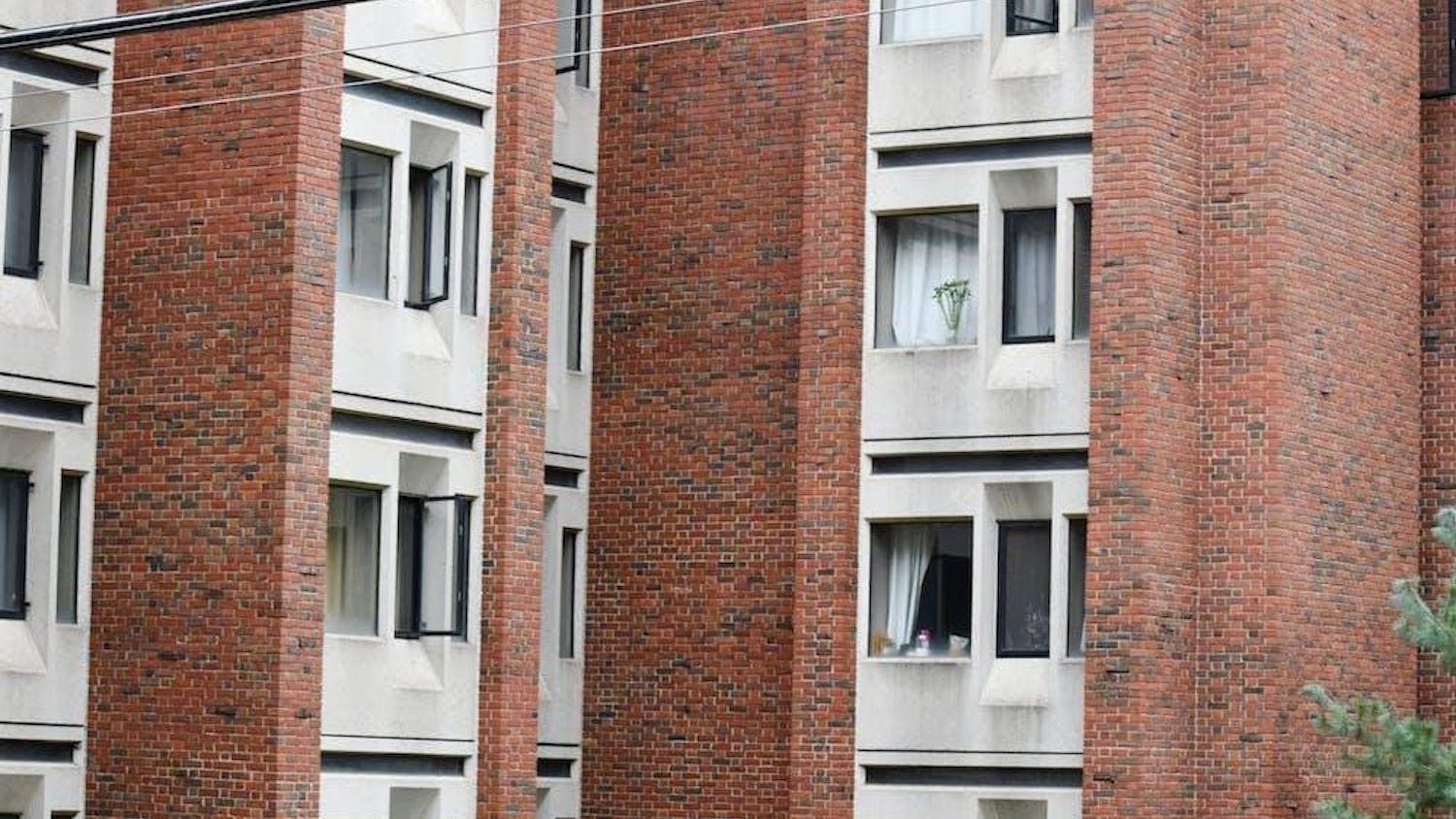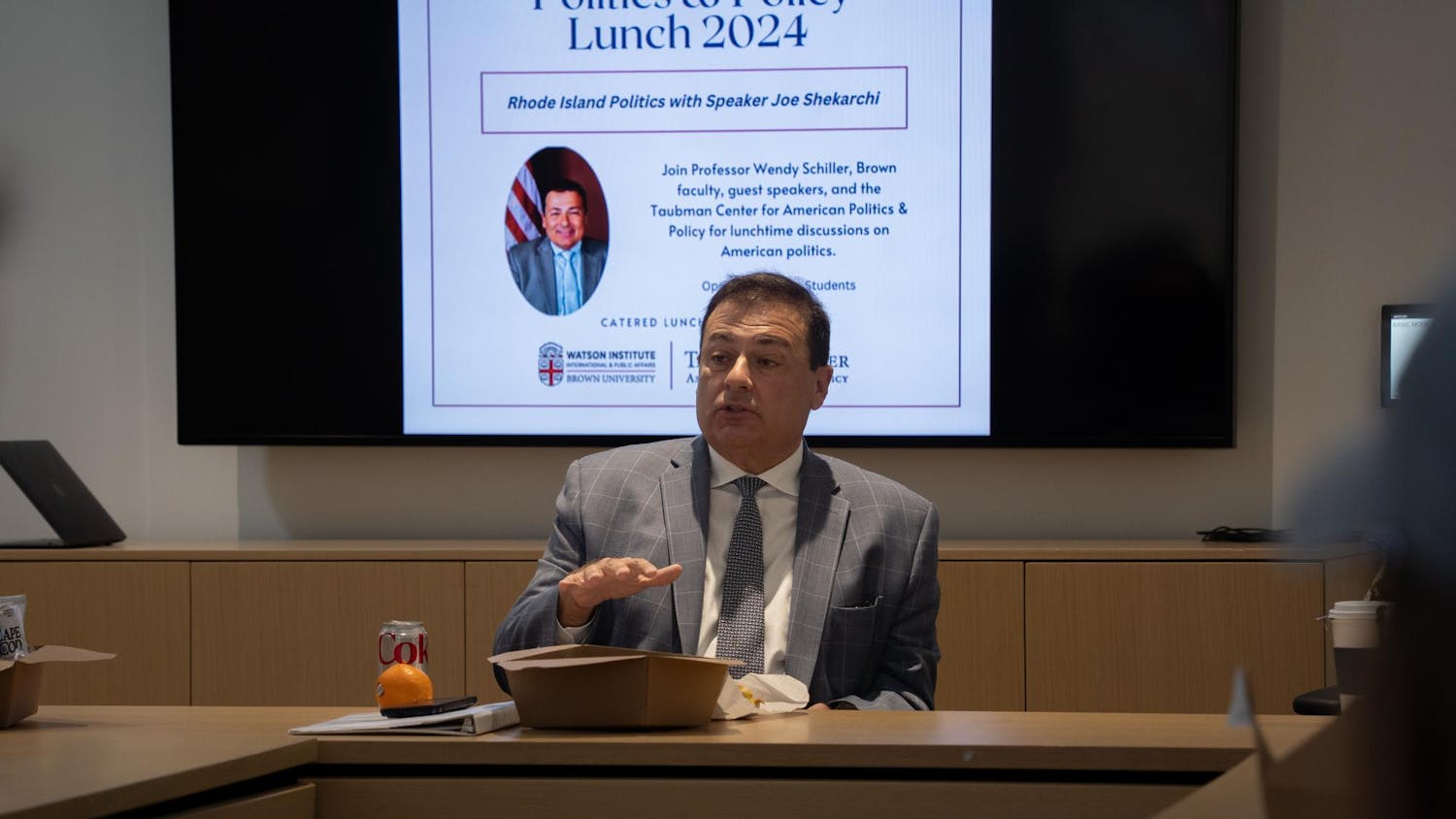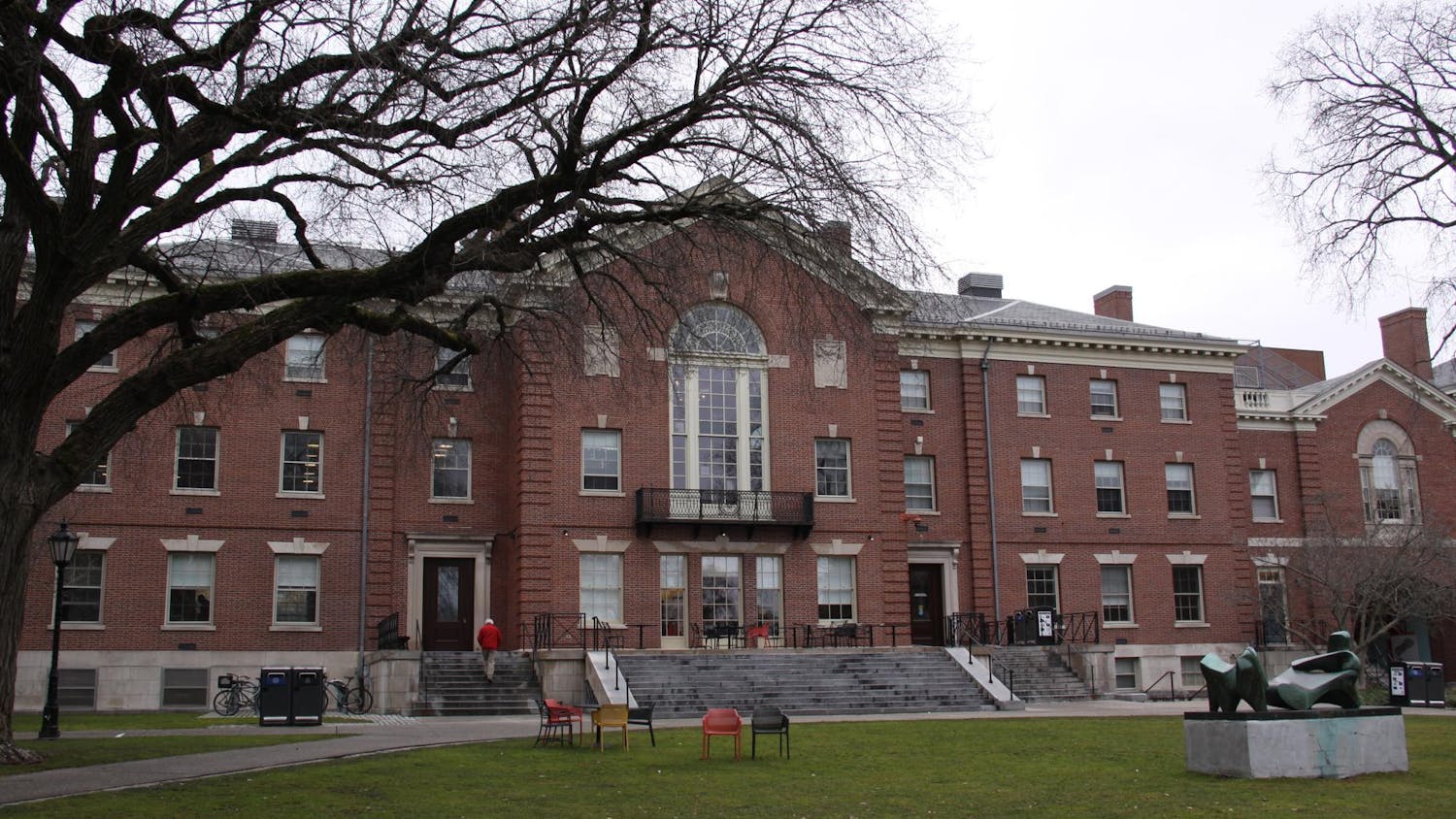Undergraduate satisfaction with advising may be on the rise, according to a recent Herald poll, in which 59.7 percent of students reported they were satisfied with advising, and 38.1 percent reported they were dissatisfied.
The numbers reveal a 10-percent increase in satisfaction since spring 2008, the last time the Herald poll asked respondents about advising. Then, students were split between satisfied and dissatisfied by an almost-even margin of 49.2 percent to 48.8 percent — though the two polls were administered at different points in the academic year.
First-years had a more favorable opinion of advising than upperclassmen in this semester's poll, with 75.1 percent reporting that they were satisfied and 22.2 percent that they were dissatisfied. In the 2008 poll, first-years were more narrowly divided, with 58.6 percent satisfied and 40.8 percent dissatisfied.
By comparison, non-freshmen in this year's poll were split, with 53.9 percent satisfied and 43.7 percent dissatisfied — up from 45.1 percent and 52.2 percent, respectively, in the 2008 poll.
Despite the shift, it is difficult to draw firm conclusions by comparing this semester's poll results to last year's, said Professor of Sociology Gregory Elliott, who studies methods and statistics.
Comparing data from the two polls is difficult in part because the polls were conducted at different times of the year and because they surveyed different sets of students, Elliott said.
"This is a very old conundrum," he said.
Improving advising is among the "Phase II" recommendations of the Plan for Academic Enrichment and was emphasized especially by the Task Force on Undergraduate Education. The updated version of President Ruth Simmons' master plan, published in February 2008, calls for "a more robust and integrated academic advising program for Brown undergraduates, through all four years and across all disciplines and concentrations."
Since then, the Office of the Dean of the College has initiated new programs and changed old ones, according to Deputy Dean of the College Stephen Lassonde. For instance, the Faculty Fellows program has expanded from five to 19 members and is no longer confined to events at fellows' on-campus houses. Students can drop in to meet with fellows weekday afternoons in Advising Central, a new center located on the second floor of J. Walter Wilson.
"Right now, the traffic varies," Lassonde said. "We haven't done a good job yet of letting people on the first floor know (the space is) on the second floor."
Meeting in a neutral space rather than a fellow's house may be less intimidating to students, Lassonde said. This year, the Faculty Fellows have held advising dinners in dining halls as another avenue for students to meet somewhere they are comfortable.
The Advising Central space also increases the visibility of Randall advisers, who are specially trained to work with sophomores. Lassonde acknowledged that sophomore advising has been a problem in the past. Students who did not connect with their first-year advisers or who had interests different from their advisers' areas of expertise can often spend a year in advising limbo before finding a concentration adviser, he said.
"I'm having a lot of trouble finding a good adviser," said Anisha Sekar '12, an applied
mathematics-economics concentrator. She said the classes she has taken in her concentration have been very large, so the professors she knows well are those who have taught smaller classes outside her concentration.
Though she has good relationships with those professors, "they can't really advise me as well as someone in my concentration can," she said.
Students who were interviewed connected the quality of advising to academic departments.
"The classics department is absolutely wonderful," said Amy Heuer '11. "Sometimes you just have to look a little harder for it in some departments."
The Herald poll was conducted from Nov. 2 through Nov. 4 and has a 3.6 percent margin of error with 95 percent confidence. A total of 687 Brown undergraduates completed the poll, which The Herald administered as a written questionnaire to students in the Mail Room at J. Walter Wilson during the day and in the Sciences Library at night. The margins of error were 6.9 percent for first-years and 4.2 percent for all others, and the margins for the spring 2008 poll were 6.7 percent and 4.4 percent, respectively.




